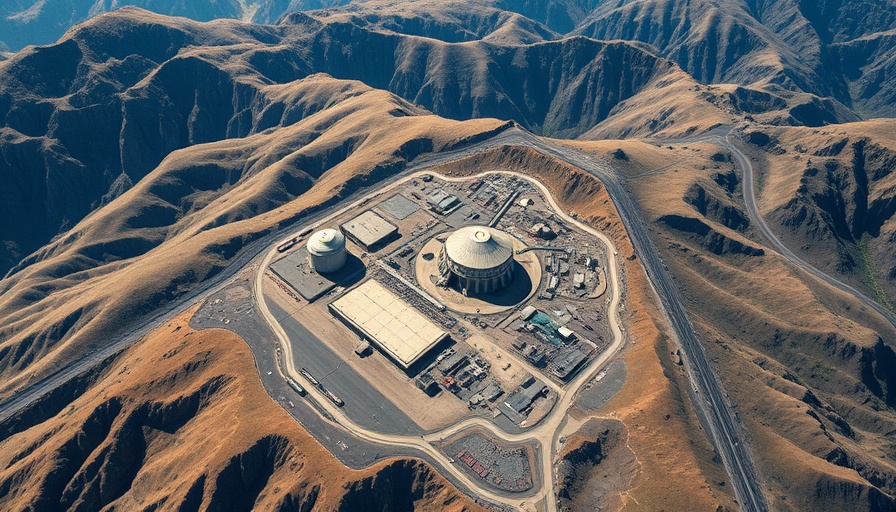
Understanding the Impact of U.S. Airstrikes on Iran's Nuclear Facilities
The recent military operation, dubbed Operation Midnight Hammer by former President Trump, was hailed as a decisive action against Iran's nuclear capabilities. However, the reality of the mission's success is less clear, especially in light of available satellite imagery from sites like Fordow. Satellite images post-strike reveal only subtle impacts, with just a few holes marking the surface, raising questions about the effectiveness of the high-profile airstrikes.
Decoding the Technical Achievements of the Mission
Operated by B-2 bombers, the U.S. military deployed GBU-57 Massive Ordnance Penetrators (MOP) aimed at penetrating fortified underground structures. These bombs, known for their ability to strike deep below the surface, were intended to obliterate key nuclear sites. Based on the indications from satellite footage, it seems that the precision of the bombing was exceptionally high, effectively demonstrating advancements in military technology. The close placement of impact holes suggests that the MOPs operated successfully and were able to effectively breach the intended targets.
Analyzing the Aftermath: What Lies Beneath?
The nature of these airstrikes makes it difficult to glean a full picture of the damage inflicted on Iran's nuclear program. While visible surface damage is minimal, the true impact of the strikes lies below ground. The MOPs are designed to penetrate before detonating, which means that the most crucial damage—destruction of vital infrastructure—may not be immediately observable. Thus, assessing the complete effectiveness of the strikes requires further investigation.
A Broader Perspective on Military Technological Advancements
This operation highlights the growing reliance on advanced military technology in geopolitical conflicts. As nations invest heavily in defense systems, understanding the implications of such technologies on foreign policy and military strategy becomes increasingly important. Furthermore, discussions about military action must also include considerations of the humanitarian impact and the broader geopolitical consequences that ensue.
The Future of Airstrikes: Lessons for Technology and Diplomacy
The use of advanced weaponry in conflicts raises ethical questions and tactical considerations for future military operations. As nations evaluate their military readiness and strategies, the outcomes of operations like Midnight Hammer may influence how future conflicts are handled, both technologically and diplomatically.
In conclusion, while the portrayal of Operation Midnight Hammer as a major military triumph is prevalent, a deeper analysis is necessary to understand the real implications and outcomes of such a high-stakes endeavor. The complexities of modern warfare demand a closer examination of both technological applications and their geopolitical contexts.
 Add Row
Add Row  Add
Add 




Write A Comment